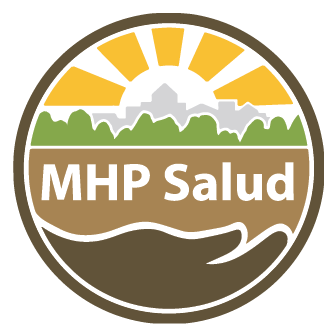News & Updates
Edadismo 103: Sesgos en la atención
Published March 2023 | Read this Article in English Los sesgos basados en la edad, o discriminación por edad, en [...]
News & Updates
Edadismo 103: Sesgos en la atención
Published March 2023 | Read this Article in English Los sesgos basados en la edad, o discriminación por edad, en [...]
Blog Topics
Migrant Seasonal Agricultural Workers and Latino Communities Managing Diabetes
Migrant Seasonal Agricultural Workers (MSAW) are part of the underserved groups considered essential during the ongoing pandemic. More than 80 percent of MSAWs in the U.S. are Hispanic/Latino. Hispanic/Latino adults have a rate of about 50 percent of developing Diabetes Type 2 due to genetics, food, culture, weight, and activity.
CHW Professional Development: A Journey from CHW to Health Educator
This month's feature is about Sofia's journey from CHW to Health Educator and David, who also became a Health Educator, but unlike Sofia, he did not start out as a CHW. These stories illustrate how the CHW profession builds skillsets that are desirable across industries.
Vaccine Hesitancy and Older Hispanic Adults: Truths and Myths about the COVID-19 Vaccine
Older adults have been identified as a group that should receive vaccines as soon as possible. As has been widely reported in the media, the risk of death and severe illness from COVID-19 increases with age. In fact, older adults are more likely to experience severe illness from the disease, and roughly 8 out of every 10 COVID-19 deaths in the U.S. occur among this age group.
Migrant Seasonal Agricultural Workers and Latino Communities Managing Diabetes
Migrant Seasonal Agricultural Workers (MSAW) are part of the underserved groups considered essential during the ongoing pandemic. More than 80 percent of MSAWs in the U.S. are Hispanic/Latino. Hispanic/Latino adults have a rate of about 50 percent of developing Diabetes Type 2 due to genetics, food, culture, weight, and activity.
CHW Professional Development: A Journey from CHW to Health Educator
This month's feature is about Sofia's journey from CHW to Health Educator and David, who also became a Health Educator, but unlike Sofia, he did not start out as a CHW. These stories illustrate how the CHW profession builds skillsets that are desirable across industries.
Vaccine Hesitancy and Older Hispanic Adults: Truths and Myths about the COVID-19 Vaccine
Older adults have been identified as a group that should receive vaccines as soon as possible. As has been widely reported in the media, the risk of death and severe illness from COVID-19 increases with age. In fact, older adults are more likely to experience severe illness from the disease, and roughly 8 out of every 10 COVID-19 deaths in the U.S. occur among this age group.








